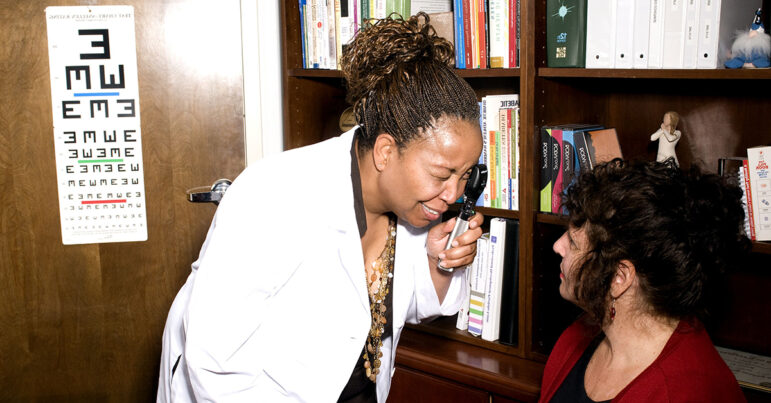How can we increase access to primary care in underserved areas? How about meeting patients where they are? For a breakout panel at the 2018 Lown Conference, clinicians from Philadelphia and Maine are presenting how they’ve brought primary care from the hospital to the community.
“Street Nursing” in Philadelphia
Dr. Beth Ann Swan and Dr. Kathryn Shaffer, professors at the Jefferson College of Nursing in Philadelphia, are excited to bring their model of community-based care to the Lown Conference. Working within a large hospital system, Swan and Shaffer knew they needed a better way to address the unique health concerns in each local branch.
They developed a pilot program called “Caring for Frankford,” where nurses bring care to members of the Frankford neighborhood of Philadelphia by partnering with local churches, schools, shelters, and other community centers. This initiative, which Swan and Shaffer call “street nursing,” utilizes a new educational curriculum for providers, community engagement methods, and assessment of community health needs.
“We want people to leave knowing that they can implement this model in their city,” says Swan,”You don’t need massive amounts of money to help communities. It’s about thinking small and working your way up.”
Bringing back home visits in Maine
Home visits haven’t been a common part of medical practice in the US since the mid-1900s. But Dr. John Lowery and Dr. John Gunel of Central Maine Medical Center Family Medicine Residency are trying to bring them back. It may seem time-consuming for doctors to travel to patients’ homes, but Lowery and Gunel find that doing home visits is efficient and provides better care for patients.
“With home visits we can see and treat the whole family at once,” says Lowery, “We also eliminate no-shows and can get over potential language barriers by having an interpreter in person.” The CMMC model does not require a large amount of resources because they send three staff members to each home, and patients are pre-registered. Home visits can also be learning experiences for the residents and medical students who help provide care.
“Visiting homes is very meaningful to us, because it gives us insight into our patient’s home environment,” says Lowery. Bringing care to patients’ homes also helps doctors build trust with community members, making it more likely that they will come to the medical center when they have problems.
